- For those still not sure what the Cloud is, don’t worry. Nobody really knows and everyone has an opinion. It could be a place, a thing, a company, a person…ok, probably not a person. Here’s what I know, it’s a capability. Where it is (public, private, edge), who provides it, and what fancy trick it can do are important, but not as important as the following. When making decisions around cloud technology, if you’re not quite sure about what is needed for your organization, make sure you trust the person(s) advising you. That is much more important than any feature set. Make sure they come with the experience that makes them believable. Think of that person or group of people as a guide. It’s okay if they have preferences for specific solutions to your organizational woes, but the main thing is to make sure you trust them.
- How to know if you can trust your advisor – If they start with understanding your problems from the perspective of people and process and THEN present a solution that “includes” technology, they’re probably good. If they come in guns a blazin about how their technology is going to solve your problems, without first listening and convincing you that they do understand your pain, sprint the other way. Because, here’s the thing.
- I have come to the personal conclusion that cloud solutions are like pharmaceutical drugs. They are beneficial, but they have cascading effects that need to be addressed ahead of time. I think I will start referring to this as the “Big Cloud Effect!” This is the effect that an app, which “solves” a problem, creates 1 to 3 new ones which have to be addressed. You then need another cloud app to address the resulting symptoms the first one created. Next thing you know you’re paying a gazillion dollars per user per month just to spread your important data hither and yon; lose control over who has access to it; and defer to an army of experts pushing the next Big Cloud App. So, make sure your guide is leading you down a path that is holistic in perspective.
- Side Note, because of point 3 above, at least now we have 126 ways to have a chat conversation. Kind of like a choose your own adventure game, which isn’t all that bad. After all, who doesn’t like to have their phone buzzing in their pocket ALL…DAY…LONG.
- Sarcasm aside, I really do love technology. It has been a key ingredient to lifting millions upon millions out of poverty. It was essential in my tool set when I began my official tech career helping to turn my parent’s business around almost 20 years ago. Today, the capability to come together and solve problems because of this thing we call the internet, and the software that rests on top of it, is an amazing thing and will continue to be game changing for millions more around the world. AND…we have to remember it’s not everything. It’s a very important tool for sure. But it is a tool that has to be cared for and used properly within the right context. It is not, however, as important as the people that use it. I’ve seen the consequences of treating the tool more importantly than the people using the tool first hand, more times than I care to remember. It’s an awful dynamic and one that leads to failure every single time. Try to do your best to avoid this trap. See point 2 above.
- Finally, a few years ago, a good friend of mine convinced me that Open Source really is what powers the internet, really. As embarrassing as that is to admit in public, it took me almost a decade and a half to undo my technology indoctrination. I am still catching up and learning, but it has been an eye opening personal discovery for me. It is what has inspired my new venture. It is also what demonstrates point 5 above to it’s core. Open Source is about the community. The people that come together to create these fantastic tools for all of us to benefit from are the essential ingredient. Look at any community and you will find that it’s more about the people than the technology.
So refreshing.

